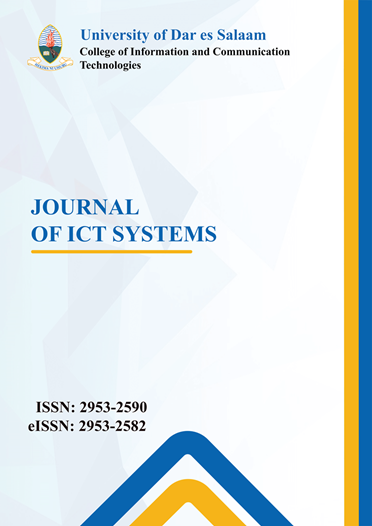Spark: A Statistical Comparison and Evaluation of Classification Algorithms for Fault Prediction in Electrical Secondary Distribution Networks
DOI:
https://doi.org/10.56279/jicts.v2i2.9028Abstract
Managing faults in electrical secondary distribution networks is a challenging task given the nature, size, and complexity. Predicting faults before they occur helps in increasing the safety and reliability of the power distribution system. Various statistical and machine learning techniques are being used to predict different types of faults. This study applies classification algorithms available in the Apache Spark framework, through its python interface PySpark, to predict electrical secondary distribution network faults. The study evaluates and compares ten algorithms: Decision tree, Gradient-boosted tree, Binomial Logistic Regression, Multinomial Logistic Regression, Naïve Bayes, Multilayer perceptron, Random Forest, Linear Support Vector Machine, One-versus-rest, and Factorization machines. The research uses Friedman’s test followed by Nemenyi post hoc test to find the significance of performance differences among the algorithms. The results show significant differences among the algorithms. Gradient-boosted tree and One-versus-rest with Gradient-boosted tree had the best performance for binary and multiclass classification, respectively, while Naïve Bayes had the worst performance. By identifying the most effective algorithms, this research provides a practical reference for selecting suitable models, aiding in fault prediction, reducing system downtime, and optimizing maintenance strategies. Additionally, the results can inform the selection of base models for ensemble methods, further improving prediction accuracy.



